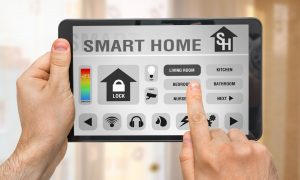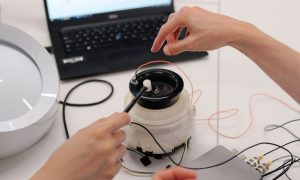In the intricate world of industrial automation and control systems, pilot devices play a crucial role. These devices serve as the human-machine interface, enabling operators to control and monitor various aspects of machinery and processes. From simple pushbuttons to advanced proximity sensors, pilot devices ensure safety, efficiency, and precision in industrial operations. This article delves deep into the most commonly used pilot devices, exploring their functionalities, applications, and the technological advancements that make them indispensable in modern industries.
What Are Pilot Devices?
Pilot devices are control and signaling units used in industrial and commercial applications. They act as the interface between the human operator and machinery, allowing for the control, indication, and monitoring of processes. These devices include a range of components such as pushbuttons, switches, pilot lights, and more, each designed to perform specific functions within a control system.
Pilot devices are essential for:
- Ensuring Safety: They help in emergency stoppage, preventing accidents.
- Enhancing Efficiency: By providing precise control, they optimize operational efficiency.
- Monitoring: They offer real-time feedback on the status of machinery and processes.
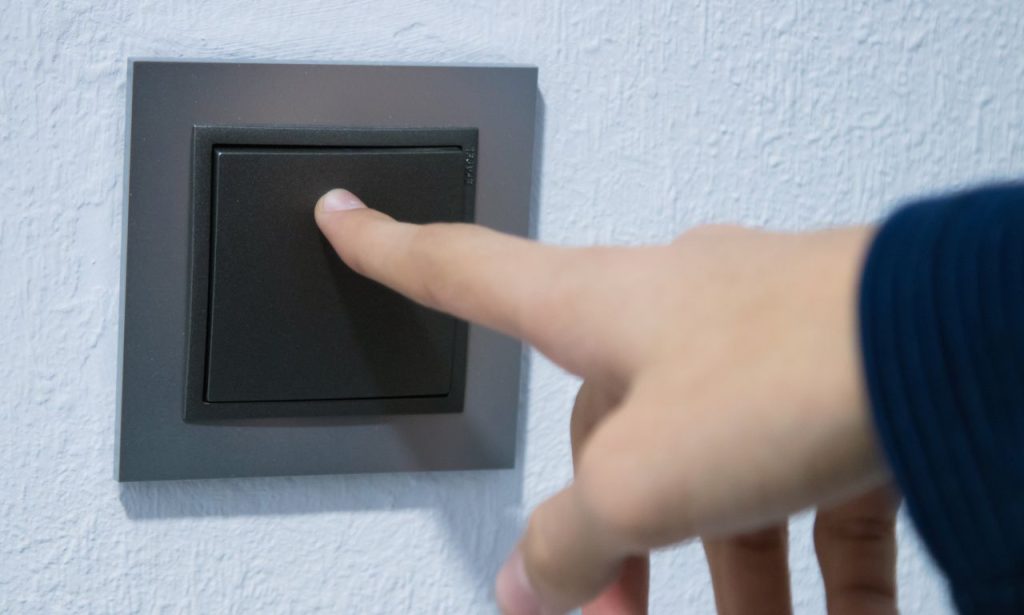
A pushbutton is a simple yet vital pilot device used to initiate or halt a machine’s operation. It consists of a button that, when pressed, makes or breaks an electrical circuit. Pushbuttons are widely used due to their ease of use and reliability.
- Momentary Pushbuttons: Activate a circuit only when the button is pressed.
- Maintained Pushbuttons: Remain in the on or off position until manually changed.
- Illuminated Pushbuttons: Feature built-in lights for visibility and status indication.
Pushbuttons are essential in control panels, machinery start/stop functions, and emergency stop applications.
What is a Switch?
A switch is another fundamental pilot device that controls the flow of electricity in a circuit. By toggling between on and off positions, switches can start or stop machinery, control lighting, and perform numerous other functions.
Types of Switches
- Toggle Switches: Operated by a lever that moves up and down.
- Rotary Switches: Operated by rotating a knob.
- Slide Switches: Operated by sliding a button.
Switches are ubiquitous in industrial control systems, offering a reliable means of controlling various processes.
Common Pilot Devices
Switches
Switches are among the most commonly used pilot devices due to their versatility and reliability. They come in various forms and serve multiple purposes in industrial settings.
Toggle Switches
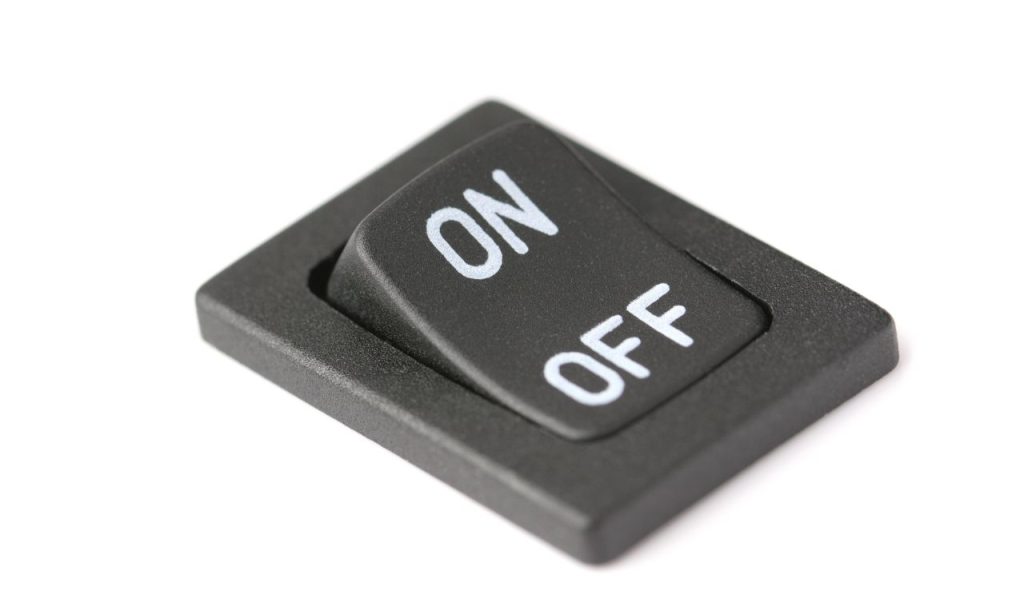
Toggle switches are simple, lever-operated devices that open or close electrical circuits. They are widely used in control panels and machinery due to their straightforward operation and durability.
Rotary Switches
Rotary switches are used to control multiple circuits with a single switch. By rotating the knob, operators can select different circuits, making them ideal for complex control systems.
Slide Switches
Slide switches operate by sliding a button to open or close a circuit. They are commonly used in smaller devices and applications where space is limited.
Push Buttons
Pushbuttons are indispensable in any control system. Their straightforward operation and reliability make them a staple in industrial automation.
Momentary pushbuttons are designed to make or break a circuit only while the button is pressed. They are used in applications where temporary activation is required, such as in start/stop controls.
Maintained pushbuttons stay in their last position until manually changed. They are used in applications requiring a sustained on or off state, such as lighting controls.
Illuminated pushbuttons provide visual feedback through built-in lights, indicating the status of a circuit. They are particularly useful in low-light environments and for status indication.
Limit Switches
Limit switches are used to detect the presence or absence of an object. They are typically used in machinery to determine the position of moving parts.
Types of Limit Switches
- Micro Limit Switches: Small and precise, used in compact applications.
- Heavy-Duty Limit Switches: Robust and durable, used in harsh industrial environments.
Limit switches are essential for ensuring the correct operation of machinery and for safety interlocks.
Instrument Selector Switches
Instrument selector switches allow operators to select different instruments or measurement points within a control system. They are crucial for monitoring and controlling complex processes.
Applications of Instrument Selector Switches
- Process Control Panels: Used to select different sensors or instruments.
- Testing and Measurement: Allow selection of different measurement points in testing setups.
Specialty Pilot Controls
Specialty pilot controls include a range of devices designed for specific applications and advanced control requirements. These devices often incorporate advanced technologies to enhance functionality and performance.
Proximity Sensors
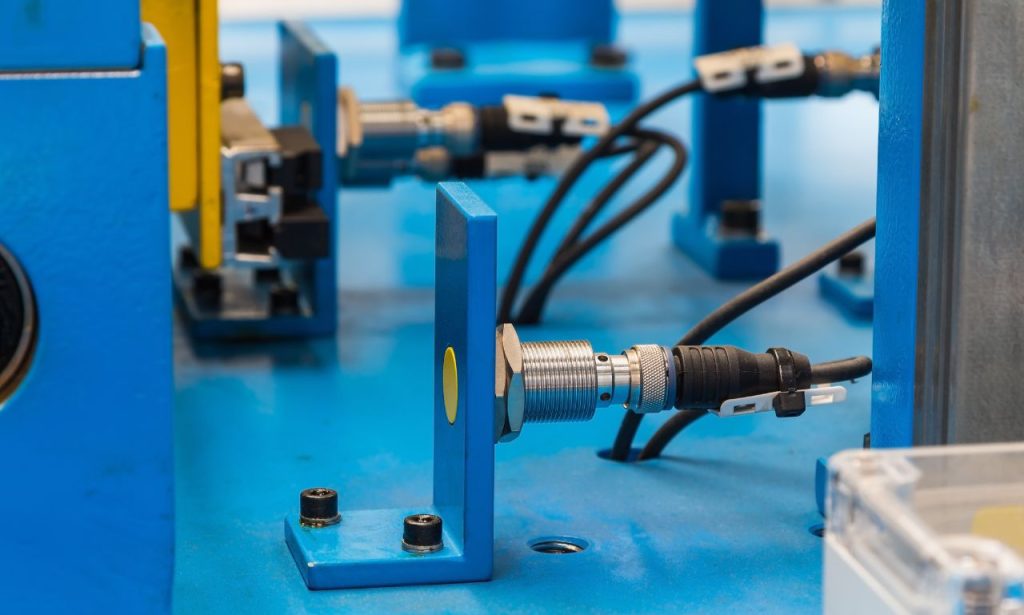
Proximity sensors detect the presence of objects without physical contact. They are used in automation systems to detect parts, monitor processes, and ensure safety.
Types of Proximity Sensors
- Inductive Proximity Sensors: Detect metal objects using electromagnetic fields.
- Capacitive Proximity Sensors: Detect both metal and non-metal objects using changes in capacitance.
- Ultrasonic Proximity Sensors: Use sound waves to detect objects at a distance.
Proximity sensors are vital for automation, providing accurate and reliable detection in various applications.
Light Curtains
Light curtains are safety devices that use beams of light to create an invisible barrier. When an object interrupts the beams, the light curtain sends a signal to stop the machinery, ensuring safety.
Applications of Light Curtains
- Safety Interlocks: Used to protect operators from moving machinery.
- Object Detection: Used in packaging and material handling to detect passing objects.
Selector Switches
Selector switches are used to choose between different operational modes or settings in a control system. They are typically rotary switches with multiple positions.
Uses of Selector Switches
- Mode Selection: Allow operators to choose between different operational modes.
- Function Selection: Used to select different functions or settings within a control system.
Conclusion
Pilot devices are the backbone of industrial control systems, providing the necessary interface between human operators and machinery. From simple pushbuttons to advanced proximity sensors, these devices ensure safety, efficiency, and precision in various applications. Understanding the most commonly used pilot devices and their functionalities is crucial for anyone involved in industrial automation and control systems.
ALSO READ: How Long Do Saabs Last
FAQs
Illuminated pushbuttons provide visual feedback, making it easier for operators to see the status of a circuit, especially in low-light conditions. They enhance safety and efficiency by clearly indicating whether a circuit is active or inactive.
Proximity sensors enhance industrial automation by providing accurate and reliable detection of objects without physical contact. This reduces wear and tear on machinery, increases precision, and improves overall efficiency and safety in automated processes.
Momentary pushbuttons activate a circuit only while the button is pressed, making them ideal for temporary actions like starting a machine. Maintained pushbuttons, on the other hand, stay in their last position (on or off) until manually changed, making them suitable for applications requiring a sustained state.
Yes, rotary switches are ideal for complex control systems because they can control multiple circuits with a single switch. By rotating the knob, operators can select different circuits or settings, making rotary switches versatile and efficient for intricate control requirements.

